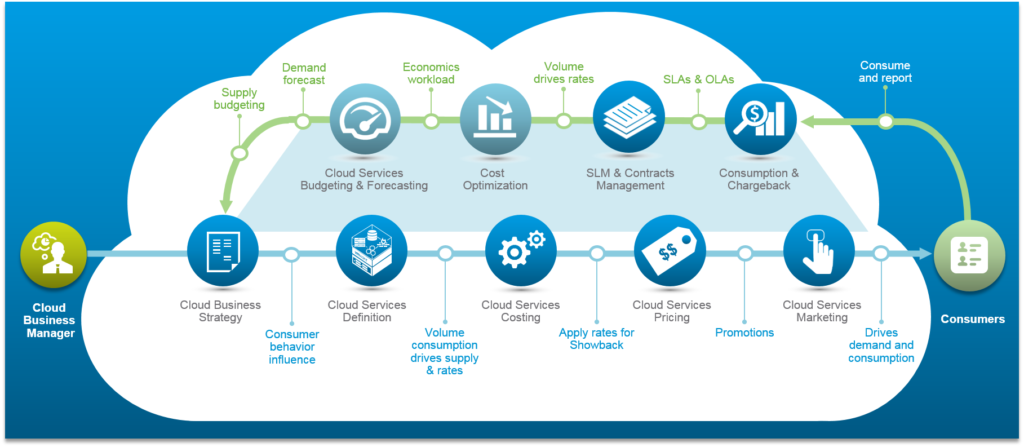Popular mistakes and fails when designing a cloud strategy for a business
Most businesses struggle to come up with a realistic cloud strategy roadmap. However, designing a thorough enterprise cloud strategy is essential for long-term success of your cloud operations. As a Managed Services Provider, we have helped design multiple examples of cloud computing strategy cloud services, and today we will explain what is hot and what is not to have in your cloud strategy template.
First of all, businesses often perceive the cloud computing platforms like AWS, GCP or Azure as a promised land, where wonderful things like load balancing and scaling happen without any need of human control. Unfortunately, this is not so. Which of the following characteristics of cloud strategy and services is false then?
- Cloud is cheap. Pay-as-you-go billing model that bills for milliseconds is definitely much more cost-effective, as compared to monthly subscriptions to dedicated server packages — but the monthly cheque can become quite large quite fast, if you don’t keep track of what cloud features you actually use. A business must clearly understand what cloud features and services will be required of its IT infrastructure and plan for a lean, mean efficient
- Cloud is not secure. While iCloud leaks of naked celebrities pictures periodically happen, the main reason for those is the stupidity of the celebs themselves, who use their birthday dates, mom’s maiden name or the name of their favorite dog as their passwords. On the other hand, the US DOD and CIA signed contracts with AWS for more than 600 million dollars. google cloud strategy has lead to most of the world storing their data in Google Docs and spreadsheets. And the fact that 80% of Fortune 500 companies host their systems on Azure — these things speak for themselves.
- Cloud is easy to manage. Cloud services are developed in bundles, meaning the cloud service providers assume you will use their services exclusively, so they provide end-to-end solutions that cover all needs of your business. However, many of these bundles have features you will rarely — or never — actually need, so replacing them with free-to-use open-source analogs is highly recommended to avoid vendor lock-in.
How to do design a water-tight cloud first strategy then?
Cloud strategy template

When planning for a cloud first strategy, this is the correct roadmap to follow:
- Plan your cloud infrastructure to be modular. Your systems should be able to utilize components from multiple cloud platforms and swap them with relative ease. When your storage can be deployed to Azure Storage or Amazon S3 bucket or Google Storage — you have to plan for contingency and be ready to swap the provider should the need arise. Thus said, the core systems should be cloud-agnostic (Terraform, Kubernetes, Docker, Jenkins, Ansible, ELK stack, etc.) and the use of cloud services should be kept at a minimally required level.
- Cost-efficiency is the key. There are lots of ways to ensure scalability (CloudFlare CDN, auto-scaling groups for instances, etc.) but the core characteristic of your cloud system should be the cost-efficiency, so that your IT infrastructure uses only the essential proprietary cloud services and makes do with free-to use open-source components.
- Ensure workflow continuity. Demand your cloud computing partner to provide detailed documentation on the way the infrastructure is organized and should be managed. This way, you are not tied to a particular contractor and can swap your Managed Services Provider should you find a better company.
Final thoughts on designing an efficient cloud strategy for business
Naturally, creating a viable cloud strategy roadmap without previous experience with that kind of things is quite complicated. This is why in order to get a good cloud first strategy it is wise to contact a trustworthy IT outsourcing company with decent expertise in such services. And our cloud strategy template will help you understand if they really design a productive cloud computing strategy for your business.



